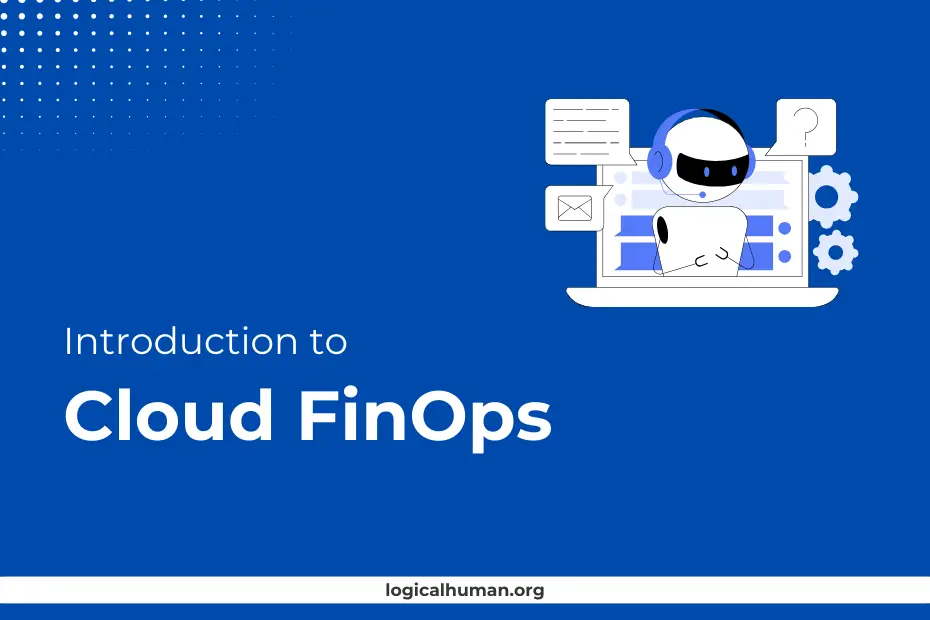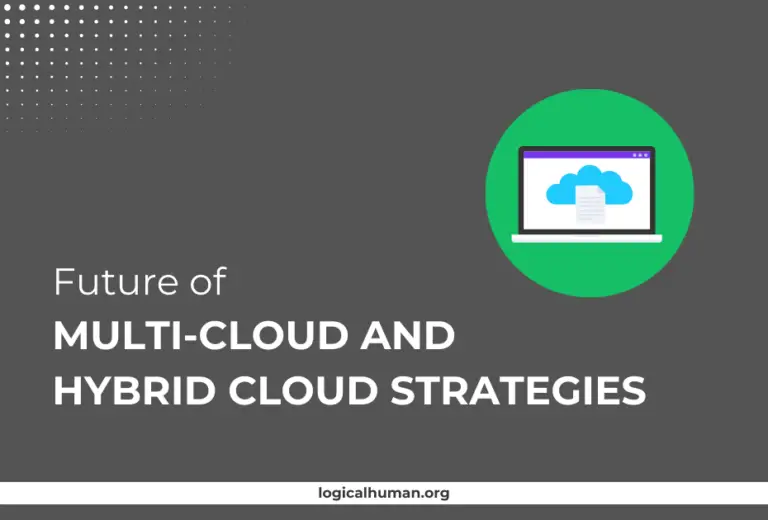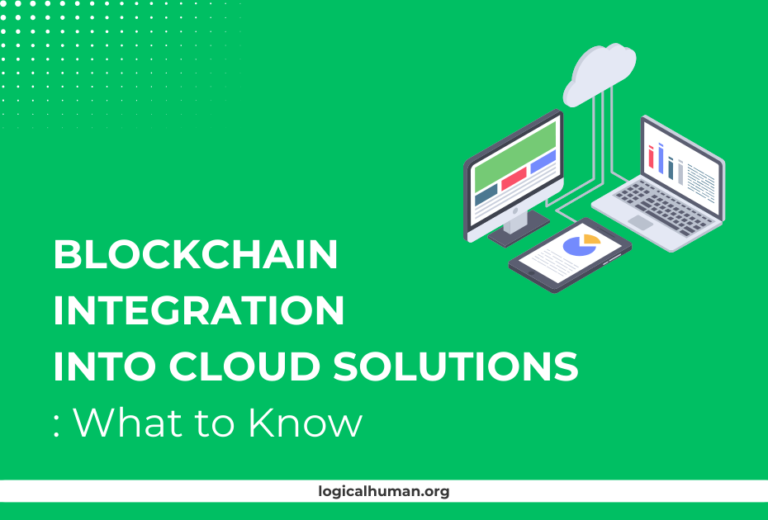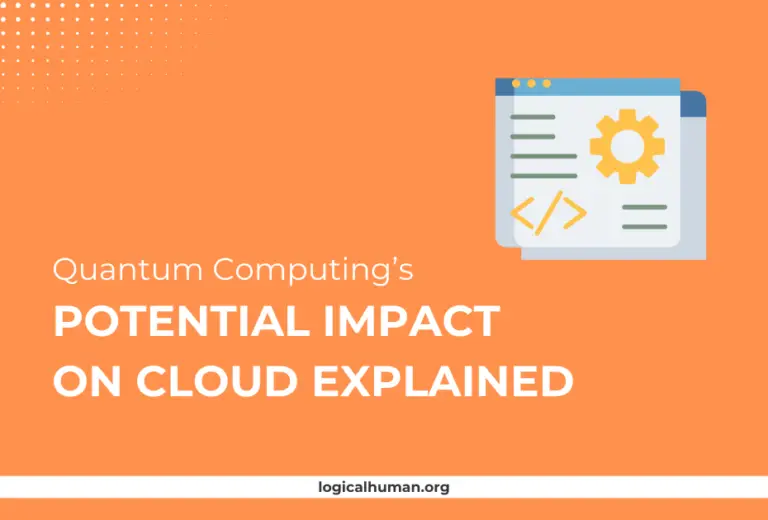Managing cloud costs can often feel like juggling flaming torches while riding a unicycle. It’s challenging, demanding, and if you lose focus, things can quickly get out of hand. Enter Cloud FinOps—a game-changing approach designed to make financial management in the cloud not just feasible, but efficient and strategic. In this comprehensive guide, we’ll break down what Cloud FinOps is, why it matters, and how you can master it to keep your cloud expenses in check without breaking a sweat.
What is Cloud FinOps?
Definition and Importance
Cloud FinOps, short for Financial Operations, is a practice that brings together finance, technology, and business teams to manage cloud costs and maximize the value of cloud investments. Unlike traditional financial management, which might feel like trying to fit a square peg in a round hole, Cloud FinOps is purpose-built for the dynamic, ever-changing nature of cloud environments.
The Need for Cloud Financial Management
Cloud resources are scalable, flexible, and, if not managed correctly, can lead to soaring costs. Cloud FinOps provides a framework to allocate resources efficiently, monitor spending, and ensure every dollar spent delivers value. Think of it as having a detailed roadmap in a complex city—you know where you’re going, and you’re not wasting time or money getting lost.
The Evolution of FinOps
Traditional Financial Operations vs. Cloud FinOps
Traditional financial management methods often fall short in the cloud environment, where costs can change rapidly, and resources are consumed on demand. Cloud FinOps evolved from the need to address these unique challenges, focusing on real-time insights, collaboration, and proactive cost management.
The Impact of Cloud on Financial Management
The shift to cloud computing has transformed how organizations operate, offering agility and scalability. However, this also means financial management must adapt to a world where costs are less predictable and more dynamic. Cloud FinOps fills this gap by providing visibility and control over cloud expenditures.
Core Principles of Cloud FinOps
Collaboration Across Teams
Cloud FinOps isn’t just a finance initiative—it’s a cross-functional effort involving IT, finance, and business teams. This collaboration ensures that everyone is aligned on cloud usage and spending, making financial management a team sport rather than a solo endeavor.
Data-Driven Decision Making
With Cloud FinOps, decisions are based on data, not gut feelings. By leveraging detailed cost and usage reports, organizations can make informed decisions about resource allocation, cost optimization, and budget adjustments.
Continuous Improvement
Cloud FinOps is not a one-time setup; it’s an ongoing process of monitoring, analyzing, and optimizing. Just like maintaining a car, it requires regular check-ups and tuning to keep things running smoothly.
| Tool Name | Key Features | Strengths | Ideal Use Case | Pricing Model |
|---|---|---|---|---|
| CloudHealth | Cost management, policy automation, and governance | Comprehensive reporting and visibility | Enterprises needing deep cost analysis and governance | Subscription-based |
| Cloudability | Cost allocation, budgeting, and forecasting | Excellent for budgeting and forecasting | Organizations focused on detailed financial planning | Usage-based pricing |
| AWS Cost Explorer | Cost visualization, savings plans, and reserved instance recommendations | Native to AWS, easy integration | AWS users looking for basic cost insights | Free for basic features, tiered for advanced |
| Azure Cost Management | Cost optimization, budget alerts, and cloud spend analysis | Integrated with Azure services | Azure-centric organizations needing integrated tools | Included with Azure subscription |
| Google Cloud Cost Management | Budget tracking, alerts, and cost breakdown | Google Cloud users, real-time alerts | Companies using Google Cloud Platform | Free with GCP, additional features at cost |
Key Components of Cloud FinOps
Cost Allocation and Transparency
Understanding where your cloud dollars are going is the first step in managing them effectively. Cost allocation involves assigning cloud expenses to specific departments or projects, providing transparency and accountability. It’s like itemizing your grocery bill—you know exactly what you’re paying for.
Budgeting and Forecasting
Setting budgets and forecasting future costs are crucial elements of Cloud FinOps. This helps in avoiding surprises and ensures that your cloud spending aligns with business goals. It’s akin to planning a vacation—you want to have a great time without emptying your bank account.
Resource Optimization
Resource optimization is about making sure you’re using the right resources for the right workloads at the right time. This could mean resizing instances, shutting down unused resources, or leveraging discounts and savings plans. It’s like turning off the lights when you leave a room—it saves money without sacrificing comfort.
Financial Accountability
Cloud FinOps promotes financial accountability by making cloud costs visible to all stakeholders. When everyone understands the financial implications of their cloud usage, they’re more likely to act responsibly and make cost-effective choices.
Implementing Cloud FinOps in an Organization
Building a FinOps Culture
Creating a FinOps culture means fostering an environment where cloud cost management is a shared responsibility. It involves education, communication, and collaboration to ensure that every team member understands their role in managing cloud costs.
Setting Up a FinOps Team
A successful FinOps initiative often starts with a dedicated team responsible for driving financial optimization. This team acts as the bridge between finance, IT, and business units, ensuring that cloud usage aligns with organizational goals.
Selecting the Right Tools
Choosing the right tools is essential for effective FinOps implementation. These tools can provide insights into cloud usage, automate cost management processes, and help forecast future expenses.
Cost Management Tools
Cost management tools like CloudHealth, Cloudability, and AWS Cost Explorer offer detailed insights into cloud spending, helping organizations track and optimize costs effectively.
Cloud Service Provider Tools
Most cloud providers offer native tools for cost management. AWS, Azure, and Google Cloud each provide dashboards and alerts that can be customized to meet specific needs.
Challenges in Adopting Cloud FinOps
Lack of Cloud Cost Visibility
One of the biggest challenges in Cloud FinOps is the lack of visibility into where and how cloud resources are being used. Without detailed insights, managing and optimizing costs becomes a daunting task.
Complexity in Cost Allocation
Allocating costs accurately can be complex, especially in multi-cloud environments. Determining which costs belong to which department or project often requires sophisticated tagging and tracking mechanisms.
Managing Multiple Cloud Providers
Many organizations use multiple cloud providers, adding another layer of complexity to financial management. Each provider has different pricing models, discounts, and tools, making it challenging to manage costs across platforms.
Benefits of Cloud FinOps
Improved Financial Accountability
Cloud FinOps creates a culture of accountability by making cloud costs visible and understandable to all stakeholders. This transparency ensures that teams are aware of their spending and take responsibility for managing it effectively.
Enhanced Cost Efficiency
By continuously monitoring and optimizing cloud usage, organizations can significantly reduce waste and improve cost efficiency. It’s like having a smart thermostat for your cloud costs—automatically adjusting to save money while maintaining performance.
Better Decision Making
With real-time data and insights, Cloud FinOps enables better decision-making around resource allocation, budgeting, and investment. Teams can respond quickly to changes, avoiding unnecessary costs and maximizing value.
Best Practices for Cloud FinOps
Establish Clear Ownership and Accountability
Assigning clear ownership of cloud costs ensures that there’s always someone responsible for managing expenses. This could be a dedicated FinOps team or specific roles within existing teams.
Regularly Review and Optimize Resources
Regular reviews of cloud resources can help identify underutilized or idle instances, ensuring that you’re not paying for resources you don’t need.
Invest in Training and Skill Development
Investing in training for both technical and financial teams ensures that everyone understands cloud cost management principles and can contribute to optimization efforts.
Future Trends in Cloud FinOps
AI and Automation in FinOps
Artificial intelligence and automation are set to play a significant role in the future of Cloud FinOps. From automated cost optimization to predictive analytics, these technologies will make managing cloud costs even more efficient.
Advanced Analytics for Cost Optimization
Advanced analytics tools will enable organizations to dive deeper into their cloud spending patterns, identifying opportunities for savings and optimization that were previously hidden.
Integration with DevOps and SecOps
As FinOps matures, we’ll see greater integration with DevOps and SecOps practices. This will ensure that financial, operational, and security considerations are all aligned, providing a holistic approach to cloud management.
Conclusion
Cloud FinOps is more than just a buzzword—it’s a critical practice for any organization looking to manage its cloud costs effectively. By fostering collaboration, leveraging data, and focusing on continuous improvement, Cloud FinOps empowers organizations to get the most value from their cloud investments. Whether you’re just starting out or looking to refine your existing practices, embracing Cloud FinOps is a smart move for ensuring financial success in the cloud.
FAQs
What is the main goal of Cloud FinOps?
The primary goal of Cloud FinOps is to optimize cloud spending by fostering collaboration between finance, IT, and business teams, ensuring that every dollar spent on cloud services delivers maximum value.
How does Cloud FinOps differ from traditional financial management?
Cloud FinOps is tailored for the dynamic nature of cloud environments, focusing on real-time cost management and optimization, whereas traditional financial management is more static and less adaptable to rapid changes.
What tools are essential for Cloud FinOps?
Essential tools for Cloud FinOps include cost management platforms like CloudHealth, Cloudability, and native tools from cloud providers such as AWS Cost Explorer, Azure Cost Management, and Google Cloud’s cost analysis tools.
Can small businesses benefit from Cloud FinOps?
Absolutely! Cloud FinOps can help small businesses optimize their cloud spending, making sure they get the most out of their investment while avoiding unexpected costs.
How can I start implementing Cloud FinOps in my organization?
Start by building a FinOps culture that emphasizes cost awareness and collaboration. Set up a dedicated FinOps team, choose the right tools for monitoring and optimization, and continuously educate your teams on best practices for cloud cost management.



